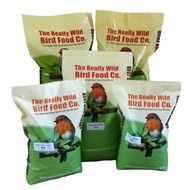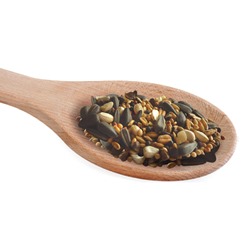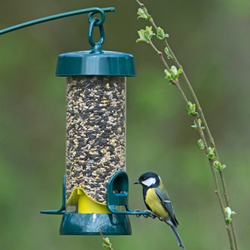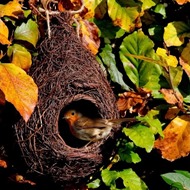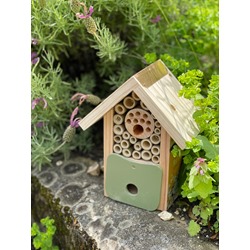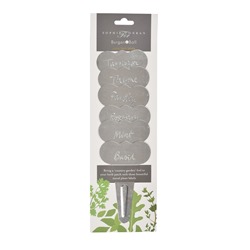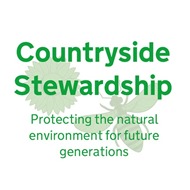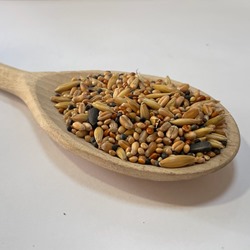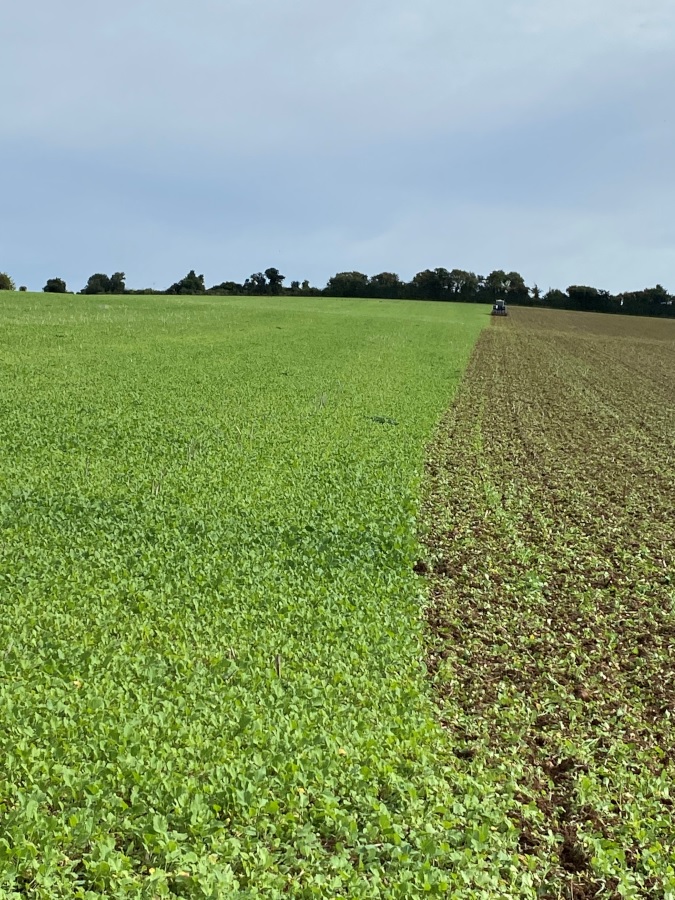
Usually, the end of August is a lovely time of year with crisp mornings and amazing sunsets. It's not quite so lovely this year - as I write this my feet are freezing and we are considering a little fire tonight! It is palpable that the days are beginning to shorten and that autumn is on its way.
We have been busy on the farm cultivating our rapeseed volunteers. We have just invested in a new Kockerling cultivator and Merv has been hard at work.
The first job was to go through the rape with a stubble rake to encourage the volunteers to 'chit'. Once the rape has chitted and re-growth is showing its first and second true leaves, then it is the correct time to cultivate the soil, which we do to a depth of 40mm. This process, we hope, will help us to control the dreaded flea beetle!
In previous years, we have left the stubbles, but as flea beetles continue to wreak havoc on oil seed rape crops, research has shown that cultivating to a depth of 40mm should kill off a lot of the beetles before they get the chance to migrate to other fields of freshly-planted rape.
That is the theory, anyway - we are hopeful it will be successful!

Rape volunteers before and after cultivating
So there's a bit of insight into the process of growing rapeseed. Oil seed rape is high in natural oils and healthy fats, making it a great addition to bird tables and feeders - finches are particularly fond of rapeseed, which is why it's one of the key ingredients in our Premium Finch Mix.
Buy Rapeseed for Birds Browse Seed Mixes
 Back
Back Bird Foods
Bird Foods
 Seed Mixes
Seed Mixes Straight Seeds
Straight Seeds Mealworms & Worms
Mealworms & Worms Chicken Feed
Chicken Feed Duck Food
Duck Food Peanuts & Peanut Butter
Peanuts & Peanut Butter Suet & Fat Balls
Suet & Fat Balls No Mess Bird Seed
No Mess Bird Seed Wheat Free Bird Seed
Wheat Free Bird Seed Sunflower Seeds
Sunflower Seeds Softbill Bird Food
Softbill Bird Food Bulk Bird Seed
Bulk Bird Seed Trial Packs
Trial Packs Pick & Mix
Pick & Mix Mini Pick & Mix
Mini Pick & Mix Birdie Basics: Budget Bird Food
Birdie Basics: Budget Bird Food Food for Small Birds
Food for Small Birds Back
Back Bird Feeders
Bird Feeders
 Seed Feeders
Seed Feeders Peanut Feeders
Peanut Feeders Peanut Butter Feeders
Peanut Butter Feeders Suet & Fat Feeders
Suet & Fat Feeders Window Feeders
Window Feeders Hanging Feeders
Hanging Feeders Feeding Stations
Feeding Stations Ground Feeders
Ground Feeders Easy Clean Feeders
Easy Clean Feeders Bird Tables
Bird Tables Seed Trays
Seed Trays Bird Baths & Drinkers
Bird Baths & Drinkers Feeder Accessories
Feeder Accessories Feeder Hygiene
Feeder Hygiene Squirrel Proof Bird Feeders
Squirrel Proof Bird Feeders For the Kids
For the Kids Niger Seed Feeders
Niger Seed Feeders Mealworm Feeders
Mealworm Feeders Bird Food Storage
Bird Food Storage Fat Ball Feeders
Fat Ball Feeders Tube Feeders
Tube Feeders



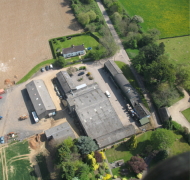 Our Farm
Our Farm
 Tips & Advice
Tips & Advice
Contact Us

